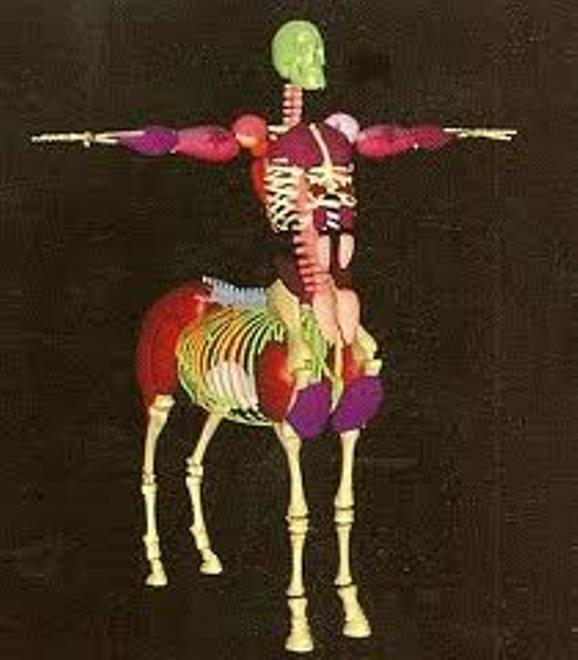"And the stone that sits on the very top
Of the mountain's mighty face--
Does it think it's more important
Than the stones that form the base?"
Ryan W. quoted the lyrics to this song from The Prince of Egypt in passing, but they described a good part of our group's salon conversation.
I was over there thinking (basically), Well, that top stone has no good reason to think it's better than the base! The base is EVERYTHING. Back to the sources, that's what the Renaissance was all about. Re-naissance. Re-birth. How can there be a rebirth if there was no regular birth?
The conclusion we came to in our group, however, (after some good debate from Michelle about how humanism dropped the match on the gasoline that lit the Renaissance, and from Charles about how all Renaissance figures were marked by their exploration of brave new worlds), was that it is impossible to separate the ideas of the Renaissance. The idea of going back to the sources is the stone at the base, but the other ideas just build on top of it and mold together. Thus, Joseph's centaur analogy. It was a fair conclusion.
 Yet I find myself thinking that the sources, the original birth, matters much more than a double liver. The sources are the dirt the centaur stands on. They're the air he breathes. They're his life, his being. That Renaissance centaur is a double-livered loser if he's not looking back at his sources!
Yet I find myself thinking that the sources, the original birth, matters much more than a double liver. The sources are the dirt the centaur stands on. They're the air he breathes. They're his life, his being. That Renaissance centaur is a double-livered loser if he's not looking back at his sources!
At that point I have to pull back the reins of my sprezzatura brain (whoa there, Pegasus)--the part that's dying to defend my position with all the wit and performance possible--and say, but are they? Do the sources really matter so much?
Ryan, the Reformationist of the group, at one point pulled out the gospel card. What a way to punch us with a well-aimed pathos-ethos combo. I felt my heart drip a little drip of the guilt of obligation. How can I say the "sources" are more important than this great event that helped set the stage for the restoration of Christ's gospel?
In that case, I can't very well demote Gutenberg's printing press, which allowed the Bible and Book of Mormon to be published; nor can I forget Columbus who refound the promised land; the humanists who reintroduced the idea of becoming; the sprezzatura talents of early missionaries.
So I guess...
I guess the Reformation is a source. I guess the Renaissance is a source. The source for this class. A source for my life. I am tied up in these ideas and what came of them. The stone at the base, and all the succeeding ones, just made a higher platform for me to stand on. And none can be more important than the others, because they are tied up in each other, too.
Is that too sweet? Is that too cute, too neat, for you guys?
Sorry if it is, because it's the truth.
Comin' straight from the source.

I like how you said that each part of the Renaissance, as well as what came before it, is simply a stone, and that each stone has been stacked together for you (us) to stand on today. This is a cool way of showing that even though we focus on the past and what we can learn from it, we still focus on developing from this point on.
ReplyDelete